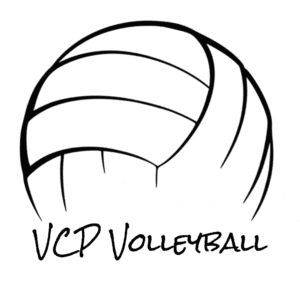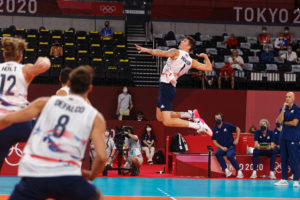Do you know a volleyball player who has back pain with hitting or serving or one dealing with a lower-back bone-stress injury?
When dealing with pain or stress injuries, it would make sense to focus on the lower back area for treatment and relief. However, if you limit that focus to only that one area, you are likely missing an important contributor to back pain.
Failing to appreciate the role of shoulder mechanical issues may be failure to address and treat a primary cause of volleyball back pain. This failure may lead to prolonged pain, time off the court, and reduced performance.
Whether you are a junior-level or an Olympic-caliber volleyball player with back pain, chances are that shoulder serving or hitting issues are an important part of the problem.
Let’s work through how serving and hitting shoulder issues can lead to back pain and bone stress injuries.
Serving or Hitting Motions
Starting the serving or hitting motion requires both extension (leaning backward) and rotating the lower back in the direction of ball contact. For a right-handed hitter or server (such as Matt Anderson below), that would mean having the trunk and lower back rotate toward the right.
Finishing a serve or hit requires rotation of the lower back and trunk away from the side of ball contact. Again, for right-handed hitters or servers, such as Jordan Larson, that would mean having the trunk and lower back rotate towards the left after ball contact.
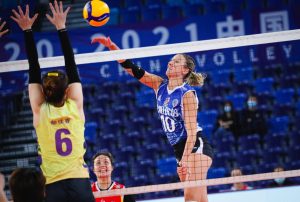
Volleyball bending and rotating movements can put stress on the lumbar vertebrae — the five bones in the lower back between the rib cage and the pelvic bones.
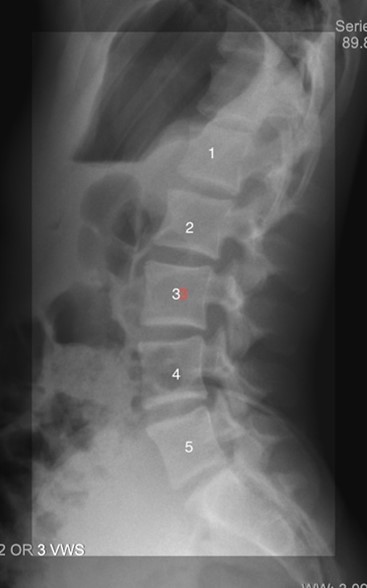
These lumbar vertebrae surround and protect the spinal cord, and certain parts, called the posterior elements, are at unique risk for overload injuries. Repetitive extending and rotating can lead to excessive compression forces on posterior element structures such as the pars interarticularis, pedicles, and articular process/facet joints. The pars interarticularis regions also may have reduced blood supplies during growth spurts, making them even more at risk for overload injuries.
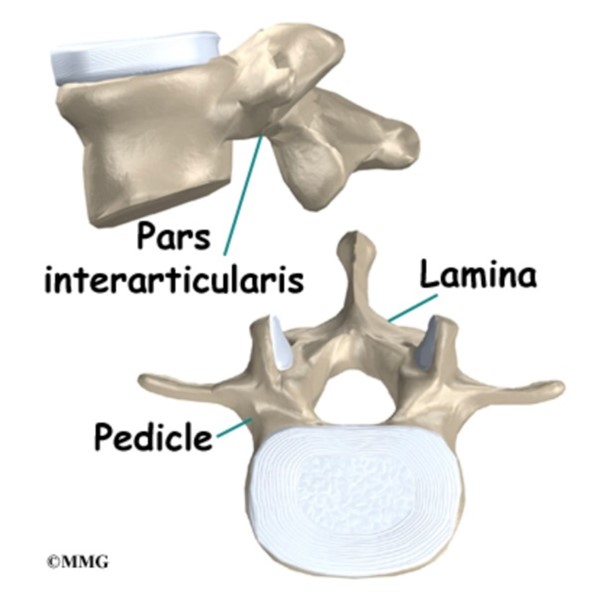
Posterior elements of a lumbar vertebrae, image from https://eorthopod.com/lumbar-spondylolysis/
Injuries to these posterior elements can range from soft tissue overload (such as muscle…
Click Here to Read the Full Original Article at Volleyballmag.com…
